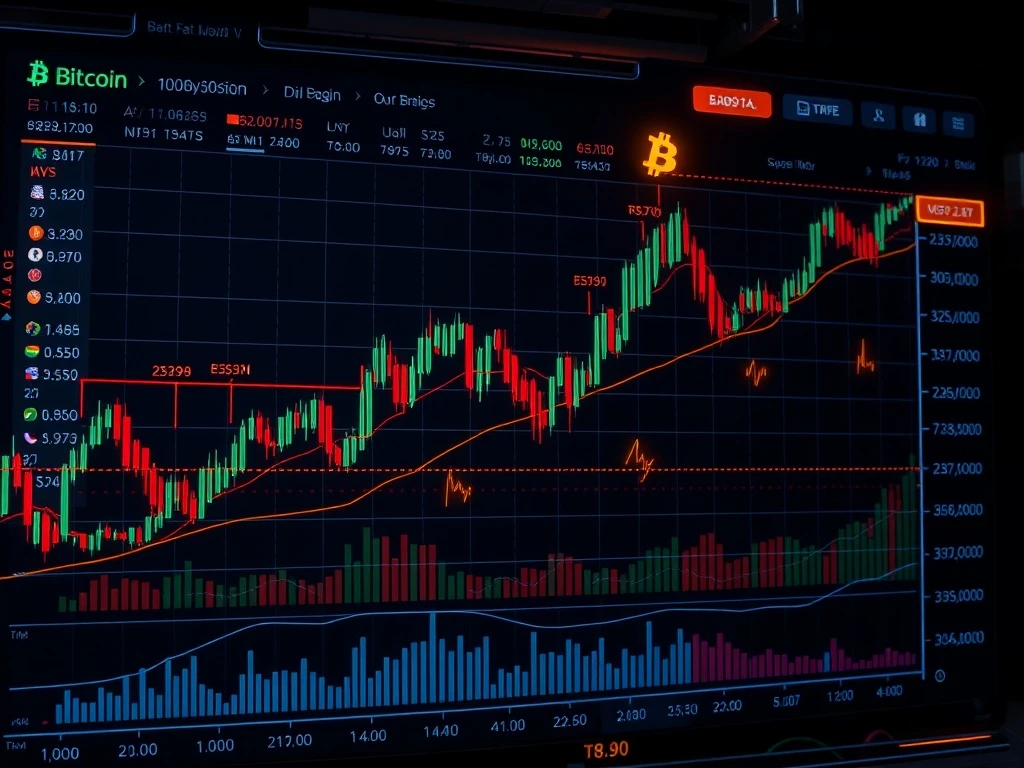Bitcoin News: Bearish Sentiment Grips Market as 51.37% Short Positions Signal Caution

Is Bitcoin heading for a downturn? Recent data reveals a bearish shift in market sentiment, with 51.37% of BTC perpetual futures positions now short across major exchanges. This surprising trend masks divergent platform behaviors—let’s break down what this means for traders.
Bitcoin News: Market Sentiment Turns Bearish
The aggregated long-short ratio for BTC perpetual futures shows 51.37% short positions versus 48.63% longs, indicating cautious trader behavior. However, exchange-level data reveals striking differences:
- Binance: 52.98% shorts (most bearish)
- Bybit: Nearly balanced at 50.93% shorts
- Gate.io: 52.25% longs (only bullish outlier)
Why Are Short Positions Dominating?
Three factors explain the 51.37% short bias:
- Anticipation of price consolidation after recent volatility
- Institutional hedging strategies on Binance
- Retail trader caution amid macroeconomic uncertainty
Trading Insights: How to Interpret BTC Perpetual Futures Data
Smart traders combine the long-short ratio with other indicators:
| Indicator | Bullish Signal | Bearish Signal |
|---|---|---|
| Funding Rates | Negative | Positive |
| Open Interest | Rising with price | Falling during rallies |
Actionable Bitcoin News for Traders
Watch for these scenarios:
- If shorts exceed 55%, prepare for potential squeeze rallies
- When prices rise but shorts increase, suspect weak momentum
- Gate.io’s bullish anomaly may foreshadow sector rotation
Final Verdict: The 51.37% short dominance suggests caution, but platform divergences mean no consensus. Stay agile—this could be the calm before Bitcoin’s next big move.
FAQs
Q: Why does Binance show more short positions?
A: Binance’s large institutional user base often hedges with shorts, while retail traders dominate other platforms.
Q: Can the long-short ratio predict Bitcoin’s price?
A: Not alone—it works best combined with volume, funding rates, and technical analysis.
Q: What’s significant about 51.37% shorts?
A: It crosses the psychological 50% threshold, confirming bearish bias but not extreme enough to guarantee reversal.
Q: How often should traders check these ratios?
A: Daily for active traders; weekly for long-term holders monitoring sentiment shifts.









